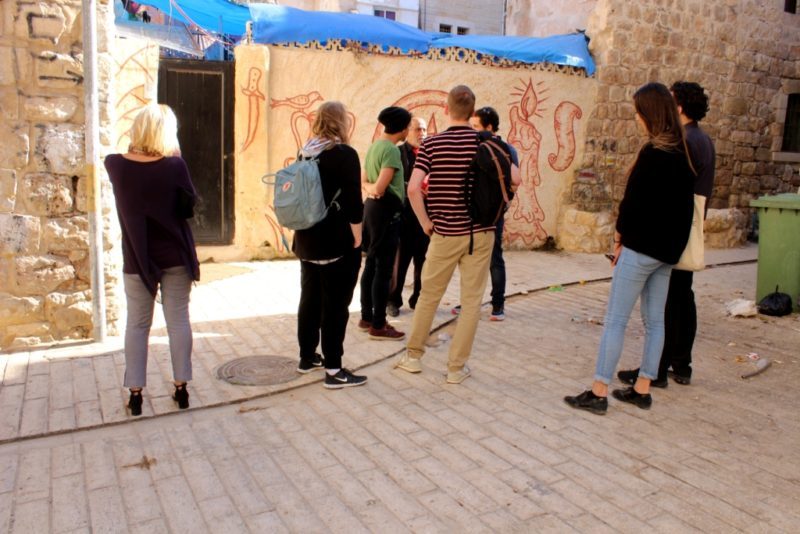
Traditional Palestinian Housing : You might know that housing in the past was simple and modest, especially in small villages and towns which are closer to rural life than to urban life. Many of the houses were built from blocks of mud which were made in special molds. In coastal areas of Palestine, houses were built from concrete blocks which were made from special molds called “Tabooq”. In mountainous areas where building materials are easily accessible, houses were constructed from stones cut from the mountains by specialized men.
The roofs of the houses were made of wood, branches and above it a layer of clay mixed with cane. This type of roof was common in mud houses, which needed to be maintained each year and after the first rain in October, which was called “rain of the cross”. People thought that this rain was a warning to them and a sign of the beginning of the winter season. People would leave the land, return to their permanent homes, and repair their houses from any damage.
The roofs of some houses were in the form of small stones installed in plaster called Caesareans, because this type of construction dates back to the Roman era under the rule of the emperors. These houses are often rectangular, and their center is surrounded by an open courtyard. The courtyard was used for planting some flowers as a garden for the house, or for social occasions such as weddings and other celebrations.
Sometimes, some people would build a room above the house called “Elia” which means “higher” because its higher than the other rooms. The “Elia” room can be reached by a set of stairs called “Salmalk”, a Turkish word. They used this room for sleeping in in the hot summer nights or to use as a hall where the owner could host his visitors.
